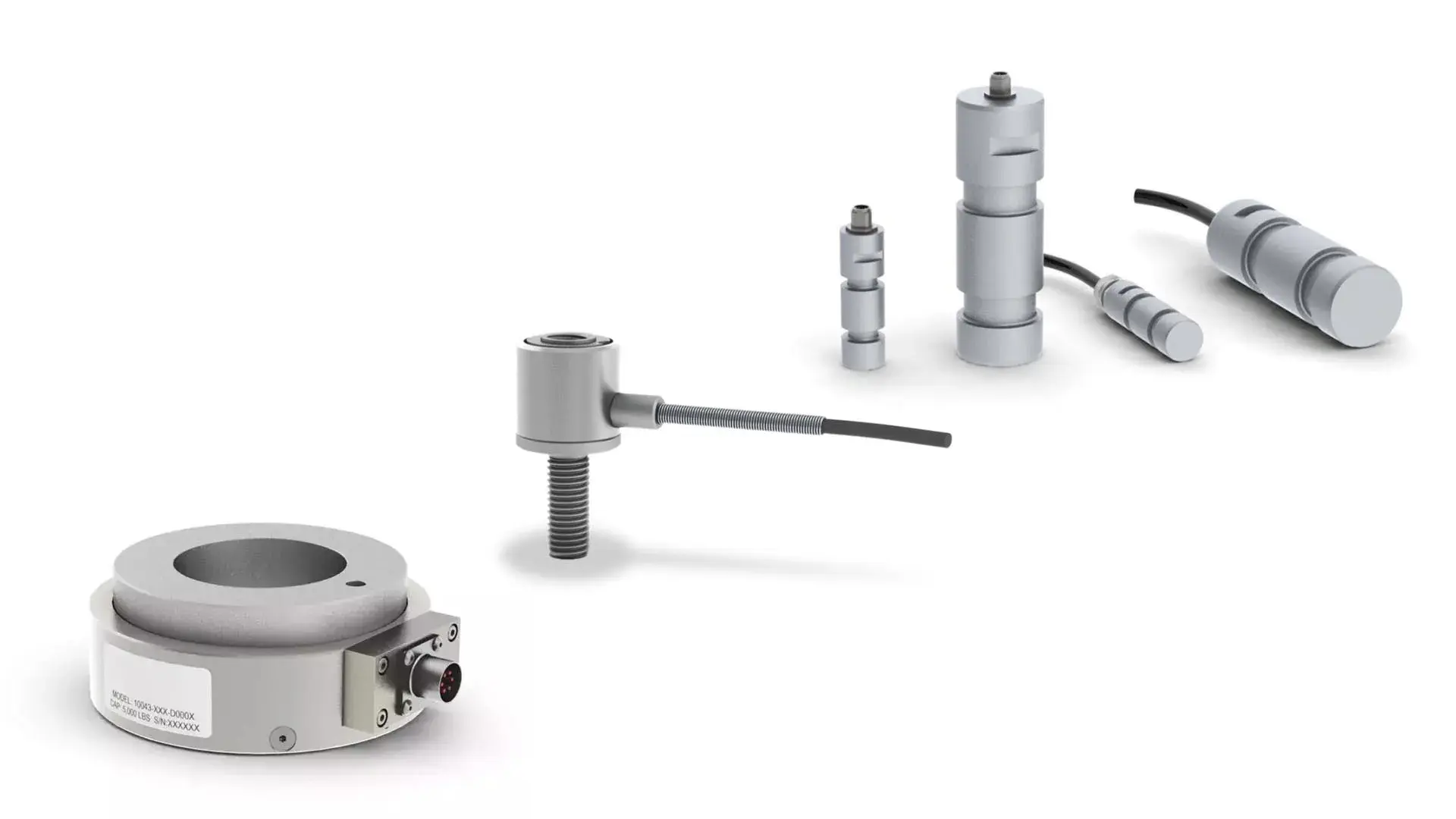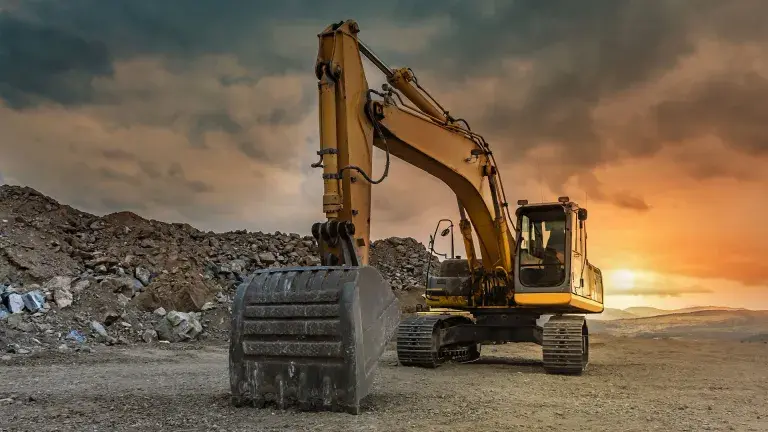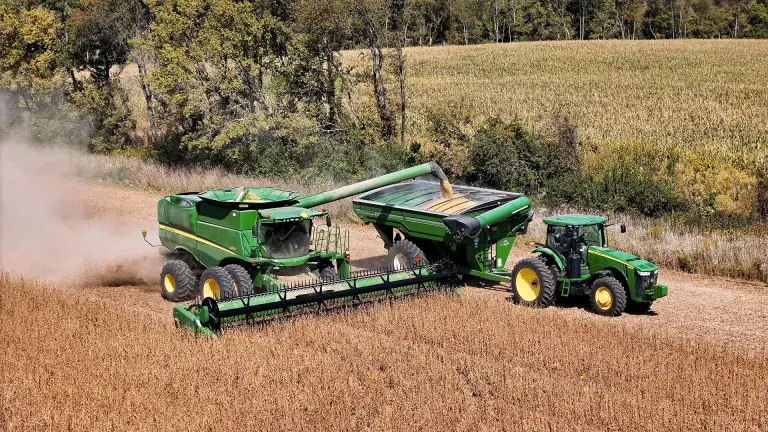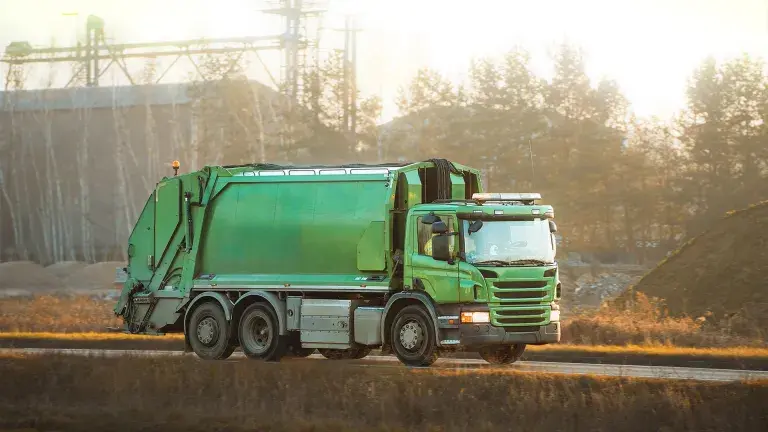In heavy equipment operations, precise payload sensing is essential for optimizing performance, ensuring safety, and prolonging machinery lifespan.
Accurate measurement of loads enables informed decision-making, enhances productivity, and reduces operational costs. Integrating advanced technologies such as load cells, and custom strain gauge-based sensors into your equipment can significantly improve payload management.
THE ROLE OF LOAD CELLS IN PAYLOAD SENSING
Load cells are transducers that convert mechanical force into measurable electrical signals, providing real-time data on the weight or force exerted on heavy machinery.
By integrating load cells into equipment like cranes, loaders, and excavators, you can monitor loads accurately, preventing overloading and ensuring operations remain within safe parameters. This not only enhances safety but also contributes to the longevity of your machinery by reducing wear and tear.

STRAIN GAUGE LOAD CELLS THE CORNERSTONE OF PAYLOAD MEASUREMENT
Strain gauge load cells are widely regarded as the industry standard for force measurement due to their precision, reliability, and cost-effectiveness.
These devices consist of a metal body (often referred to as the spring element) to which strain gauges are affixed. When a load is applied, the metal body deforms slightly, causing a change in the electrical resistance of the strain gauges. This change is proportional to the applied force, allowing for accurate measurement of the payload.
The versatility of strain gauge load cells makes them suitable for a broad range of applications, from industrial systems to laboratory settings.
DESIGN & OPTIMIZATION OF LOAD CELLS
The design and shape optimization of strain gauge load cells are critical for achieving high accuracy and durability. Finite Element Analysis (FEA) techniques are often employed to analyze and enhance load cell designs, ensuring they provide ample load capacity.
Calibration tests further evaluate the load cell characteristics, deriving equations that relate the measured output voltage to the applied load, thereby ensuring precise measurements.
LOAD CELL APPLICATION IN PAYLOAD SENSING
Incorporating sensors into heavy equipment involves strategic placement to accurately capture data on forces exerted during operations.
Subscribe for Insights
Industry insights, trends, events and unmissable content straight to your inbox
Sign up to our newsletter to get insider access to stay up to date with all things custom strain gauge sensing
HITEC SENSORS ADVANCED PAYLOAD SOLUTIONS
At HITEC Sensors, we deliver precision-engineered payload measurement solutions
- Durable Load Cells: Equipped with high-quality strain gauges, these ensure accurate and reliable payload measurements even under extreme conditions.
- Customized Sensor Solutions: Our custom sensors are designed specifically for your equipment, ensuring precise measurements tailored to your operational needs.
- Reliability and Longevity: HITEC Sensors products are engineered to endure harsh conditions, maintaining consistent performance over time.
CHOOSE HITEC SENSORS FOR LOAD CELLS AND CUSTOM SENSORS
When accuracy is critical, HITEC Sensors provides unmatched quality in payload sensing. Our expertise in load cells, custom sensors, and strain gauge technologies ensures your heavy equipment operates efficiently, safely, and reliably. Partnering with HITEC Sensors means investing in technology that significantly enhances operational effectiveness and safety.
As the market leader in sensing technology, HITEC Sensors offers unparalleled precision and reliability through our advanced load cells, custom sensors, and strain gauge-based solutions. We empower heavy equipment design and manufacturers to achieve safer operations, improved efficiency, and maximum machinery longevity. Choose HITEC Sensors for industry-leading measurement solutions and elevate your operational standards today.





